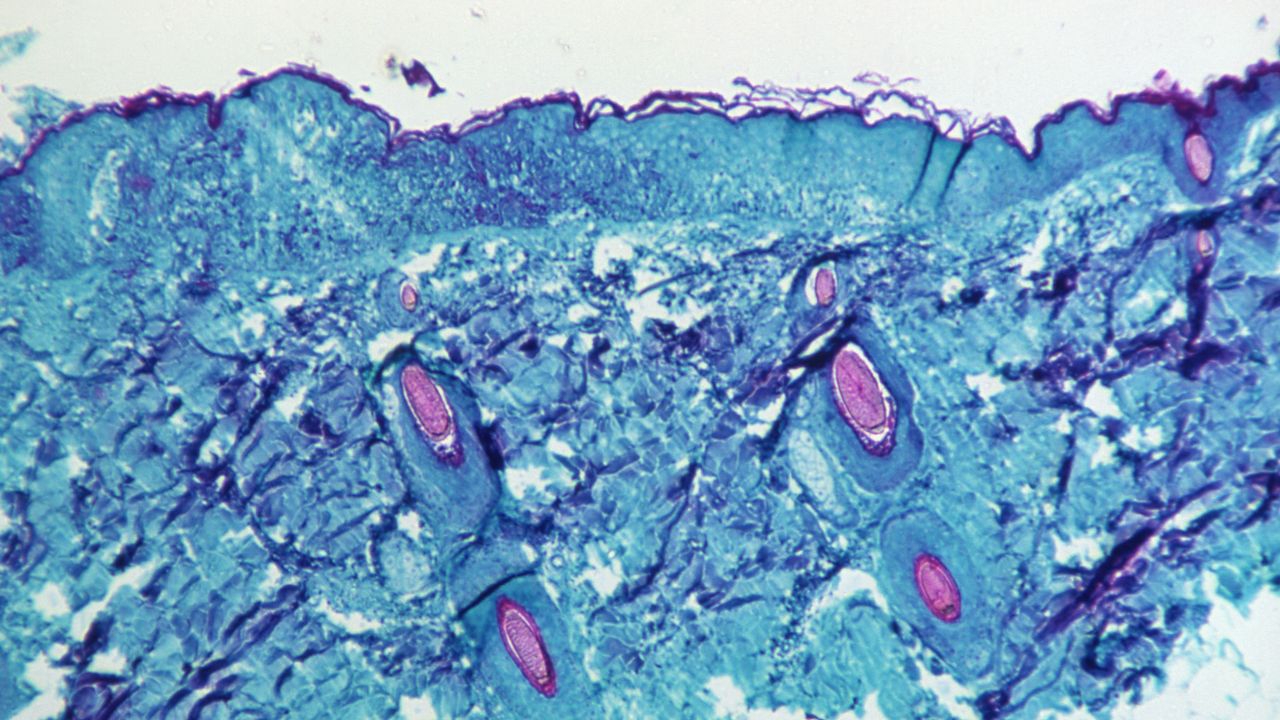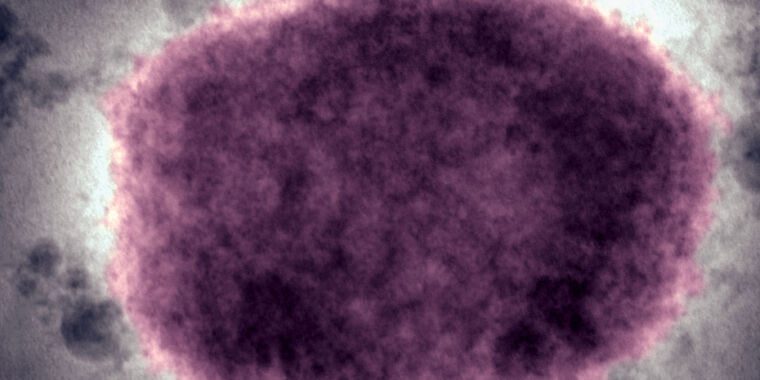Huhta
Greatest Leader
Takaisin Kanadaan; Mitään oireyhtymää ei ole. Kaikki on kuvittelua. Hajaantukaa!


Canadian province has no mystery brain disease, panel finds
Symptoms of the patients believed to have the disorder ranged from hallucinations to muscle atrophy.
www.bbc.com
Canadian province has no mystery brain disease, panel finds
Published
24 February
Image source, Government of New Brunswick/YouTube
Image caption,
Health Minister Dorothy Shephard announced the findings on Thursday
A long-awaited report by Canadian health officials into a possible new brain disease has found that no such disorder exists.
It comes almost one year after the New Brunswick government raised alarm about mysterious symptoms that seemed to have struck 48 people in the province.
The afflicted suffered everything from anxiety and depression to muscle atrophy and hallucinations.
But officials said the symptoms were not evidence of a novel illness.
Family members of those affected said they were let down by the findings and accused health officials of choosing "to abandon scientific rigour in exchange for political expediency," when undertaking the study.
But the committee that oversaw the report "unanimously agreed that these 48 people should never have been identified as having a neurological syndrome of unknown cause," said Jennifer Russell, New Brunswick's chief medical officer.
"This does not mean that these people are not ill, it means they are ill with a known neurological condition," she said.
The committee - made up primarily of neurologists from New Brunswick - found "potential alternative diagnoses" for 41 of the 48 patients, including Alzheimer's disease, Lewy body dementia, post-concussion syndrome and cancer.
Concerns about transparency plagued the investigation, with family members of patients criticising what they described as a lack of communication. Canadian media reported that the country's top experts had been excluded from the process, including Alier Marrero, a Moncton-based neurologist who first identified the potential new disorder in 2015.
Of the 48 patients identified, Dr Marrero identified all but two.
On Thursday, families of those afflicted called for a full scientific investigation. "Our lives and the lives of our loved ones will not be railroaded by a slipshod investigation that offers no answers to our pain and suffering," they said.







 .
.